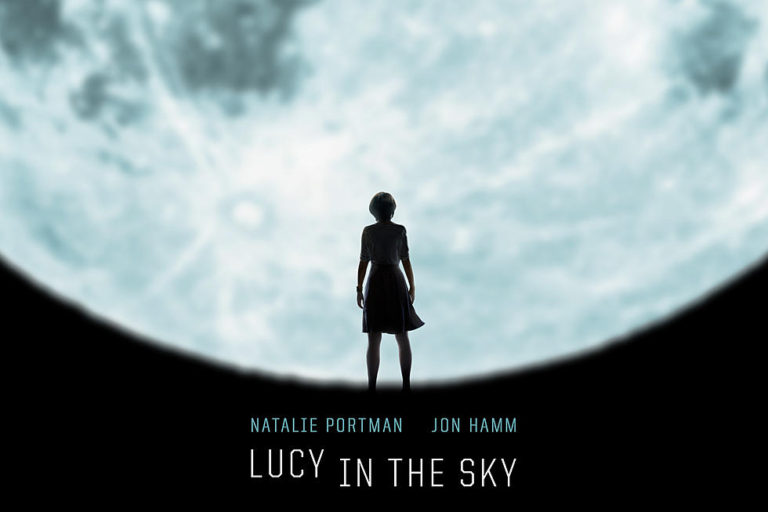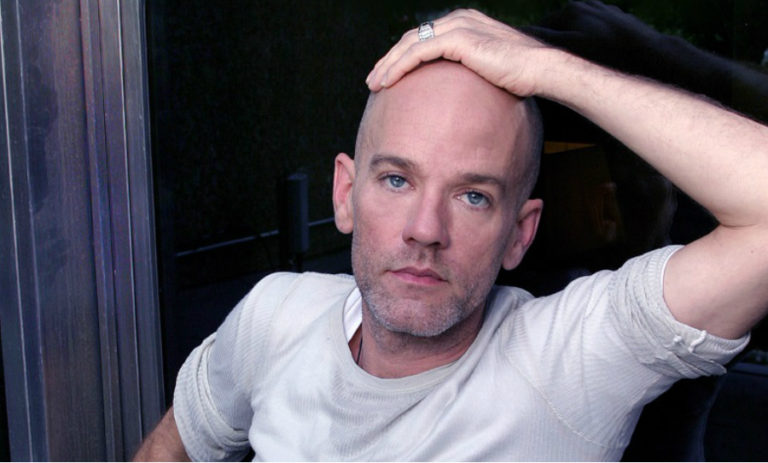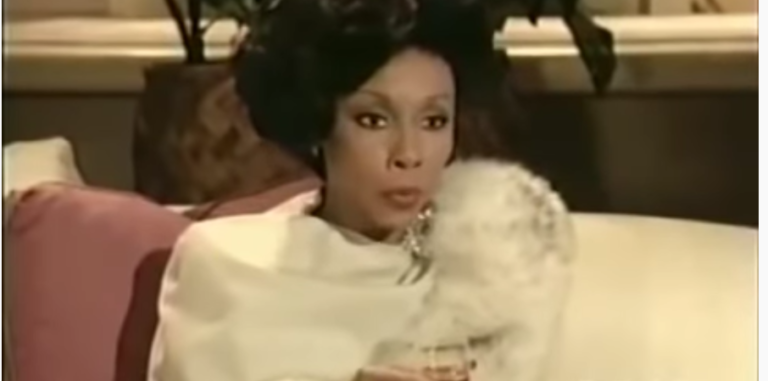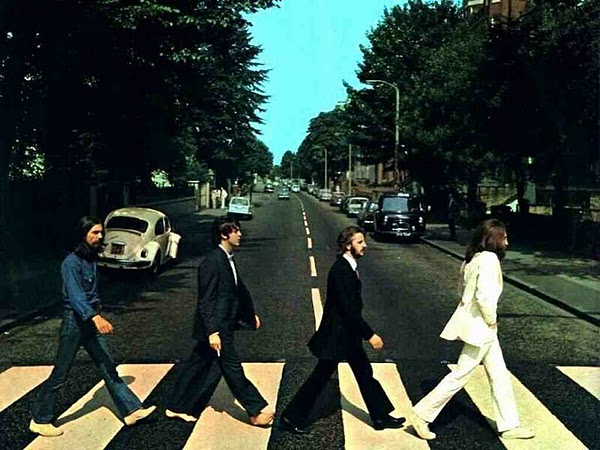I did not care for “Slave Play.” The only other writer who agrees with me it seems is Variety’s Marilyn Stasio. The rest of the Broadway crowd can’t get enough of it.
If you like it, three pornographic situations open “Slave Play.” They each involve a mixed race couple. One of the couples is gay. Very little is left to the imagination. The conversation is graphic, and so is the unpleasant behavior.
It turns out the couples are in therapy called Antebellum Sexual Performance Therapy, which been developed, two female therapists say, at Yale and Smith universities. The therapy takes place on a former plantation. The therapists are getting to the root of race in mixed race relationships.
The characters are attractive, on the outside, not on the inside. The two hour play lacks an intermission because, if there were one, no one would return for Part 2. In Part 1, we get the picture: the white partners are dating the black ones to feel superior to them, basically. The black partners are working out their self- worth. To drive this idea home, the play ends with a rape, or such a brutal sex act on stage that believe me, you won’t go home humming anything.
The playwright, Jeremy O. Harris, wrote this at Yale and may still be there. The play made its debut earlier this year at off Broadway’s New York Theater Workshop, where it must have seemed provocative and offensive, something to shake up the theatergoing audience. But the ideas are sophomoric, and once you get over the coarse sex talk and associated depictions, “Slave Play” sounds like something being worked out in a college class. Or a parody of one.
The actors are talented, sure. Joaquina Kalukango and Paul Alexander Nolan, the main couple, are interesting enough until they are forced to commit the final acts. I know actors need to eat, but I can’t imagine them willingly want to do this on stage, and on Broadway. My favorite character, Gary, played Ato Blankson-Wood, easily gives the best speech of the night. But he’s a bright spot on a dull landscape. It would be a good place to start the second draft.
The really great part of getting to see shows early is to be able to recommend them, particularly new plays. I wish I could still send you to “The Ferryman,” for example. But if I sent my readers to “Slave Play,” I’d have a Twitter and email backlash riot on my hands.
You can’t win them all. If you see “Slave Play,” I’d be interested in hearing the comments.










 Highlights were the Burke Williams Spa which are the go-to destination spots for Hollywood’s VIPS, every celeb that came by smartly stopped in at Burke Williams. Rufus Sewell was seen oohing and ahing there. The wonderful actor Glynn Turman loved
Highlights were the Burke Williams Spa which are the go-to destination spots for Hollywood’s VIPS, every celeb that came by smartly stopped in at Burke Williams. Rufus Sewell was seen oohing and ahing there. The wonderful actor Glynn Turman loved